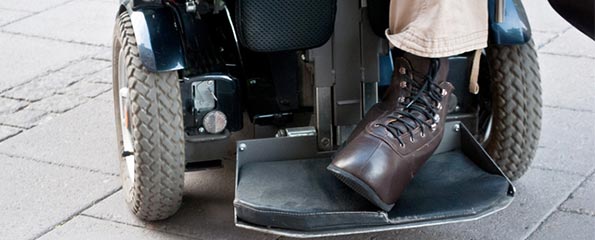To evaluate the efficacy and safety of intravenous pantoprazole in the prevention of rebleeding in patients with bleeding peptic ulcer disease after successful endoscopic hemostatic therapy.
Official Title
An efficacy and safety study of intravenous pantoprazole in the prevention of recurrent peptic ulcer bleeding after successful hemostasis.
Conditions
– Peptic Ulcer
Study Type
Interventional
Study Design
Prevention
Further Details
Study Start
Eligibility & Criteria
Ages Eligible for Study: 18 Years and above, Genders Eligible for Study: Both Criteria Inclusion Criteria:Patients must be men or non-pregnant women at least 18 years of age. Patients who present with a gastric or duodenal ulcer with endoscopic appearance of spurting, oozing, or nonbleeding visible vessel (NBVV). Patients must be at high risk for rebleeding. Successful endoscopic hemostasis must be established. Patients must be capable of understanding and giving signed and dated informed consent. Exclusion Criteria:Patients with ulcer appearance of clean base or flat pigmented spot; adherent clots not removed by irrigation. Patients presenting with active bleeding and/or NBVV at 2 or more separate sites. Patients with any severe concomitant diseases or severe injuries. Patients with gastrointestinal bleeding other than peptic ulcer. Patients who have undergone gastric acid reducing surgery (eg, vagotomy or antrectomy).
Total Enrolment
Contact Details
[1] Wyeth-Ayerst ResearchAll content and media on the HealthEngine Blog is created and published online for informational purposes only. It is not intended to be a substitute for professional medical advice and should not be relied on as health or personal advice. Always seek the guidance of your doctor or other qualified health professional with any questions you may have regarding your health or a medical condition. Never disregard the advice of a medical professional, or delay in seeking it because of something you have read on this Website. If you think you may have a medical emergency, call your doctor, go to the nearest hospital emergency department, or call the emergency services immediately.







